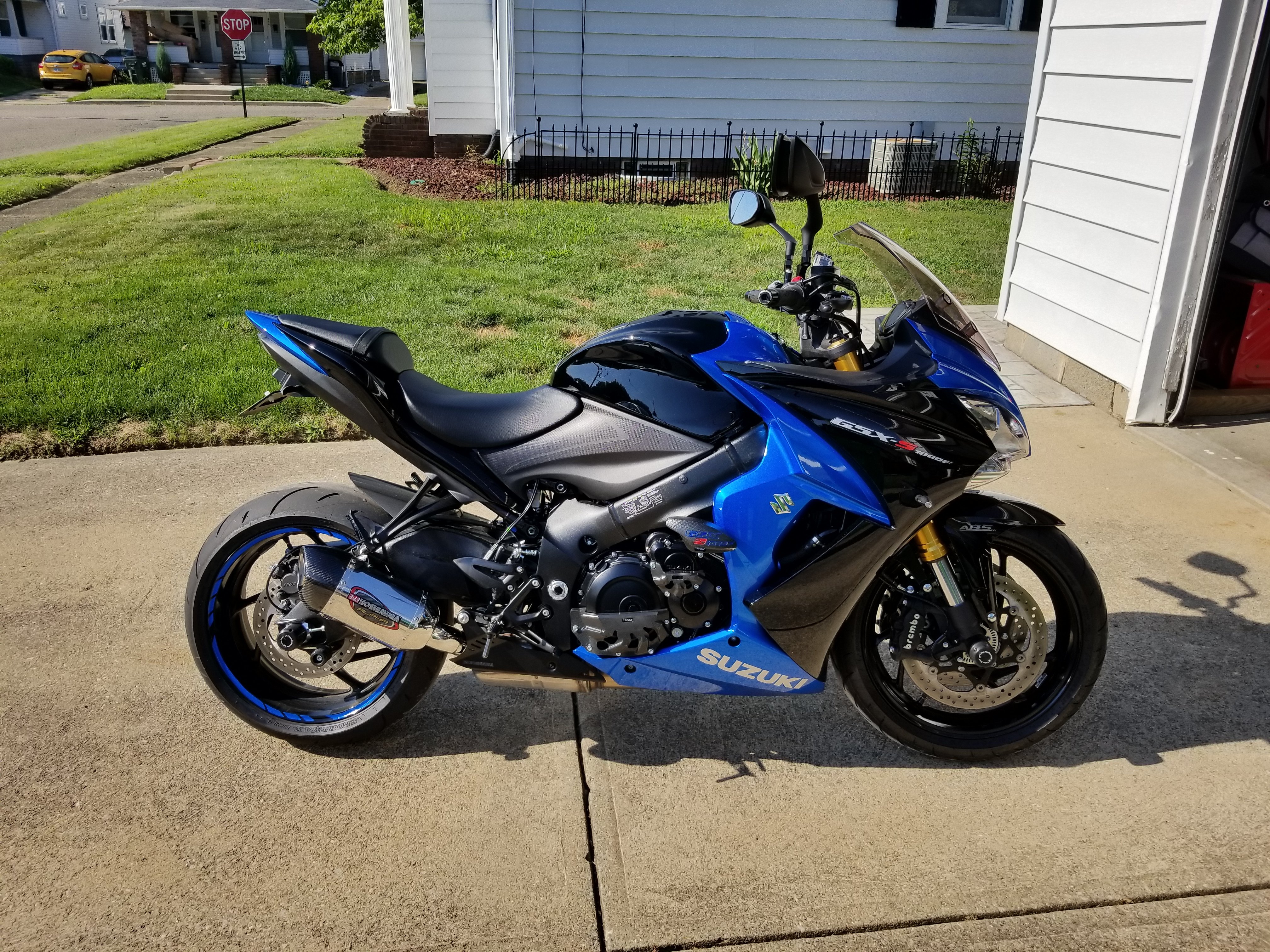You don't push the exhaust into the carbs jethro. The exhaust gasses spin a turbine that shares a shaft with an impeller. The two have their own casings. As the exhaust gas enters the turbine it spins it and then exits through a pipe and hopefully a muffler. The turbine shaft in turn spins an impeller that draws in air, compresses it and forces it through a pipe into a manifold that is connected to the carbs. Stock carbs will be an issue. At the very least you'll need bigger carbs and an in line fuel pump to deliver enough fuel to keep your mixture stoich. Unless they make a turbo cam for your motor you're going to have issues, typical cam grinds take advantage of overlap between intake and exhaust to make power at high rpm. With a boosted motor you don't need that overlap because at such high intake pressure you're more likely to blow lots of your intake charge right out of the exaust valves during those few degrees of overlap. Then there's the issue of bottom end strength. The lateral loads on your rotating assembly will increase dramatically. Rods will stretch and bend. Crank journal bearings will deform. Engine temps will also soar as compressing air heats it up very quickly and burning more air and fuel causes more heat. Once you have all those problems taken care of you have to get the power to the wheel without smoking your clutch, breaking your transmission or your final drive. I'm not saying it's impossible, or that you shouldn't do it. I am saying that this is not something a moderately skilled amateur is going to pull off, and if it's going to work AND last it will cost you 5 times as much as you estimate it will.


